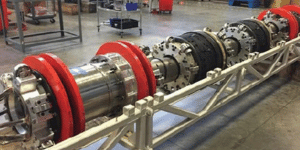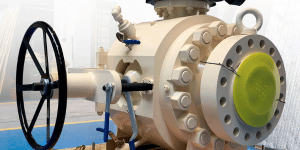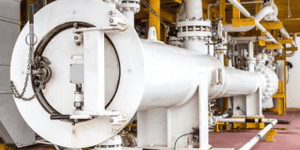
The Problem
Jee was asked to carry out assurance for the potential future use of an isolation plug to facilitate the replacement of a topsides pig launcher valve on a major gas export pipeline in the North Sea.
In 2010, an isolation plug was used in the same pipeline to allow replacement of a section of pipework. It has been proposed that should isolation be required again, for example for a valve change-out, the same type of plug may be used. The client requested Jee to complete up-front technical assurance to ensure that using the same plug as in 2010 would be appropriate, taking into account any lessons learnt from the previous execution.
The Solution
Jee conducted a review of the 2010 operation and plug tool design to identify what further testing or clarifications should be sought during the engineering of any future operation using the same tool.
The scope of the assurance was to:
- Develop a system profile (pipeline boremap)
- Review historic isolation tool vendor project documents including piggability review, pipe stress analysis calculations, and FAT and operational procedures
- Complete verification notes to record comments on the project documents with recommendations to be included in future vendor project documents
- Complete an isolation tool best practice gap analysis using Jee’s rigorous isolation plug checksheet template
- Identify critical specification parameters that should be matched and/or re-tested prior to any future use in the pipeline
- Summarise the key findings and considerations that the client should address prior to re-using the isolation tool
The Benefits
The assurance completed gave confidence to the client that the previous isolation tool used was suitable at that time and for re-use.
The recommendations for further work ensured that the overall risk associated with using the isolation tool in a future fast response scenario was minimised, ensuring that at that time focus would be on key areas of tool verification in the knowledge that other factors had already been assessed in advance.



